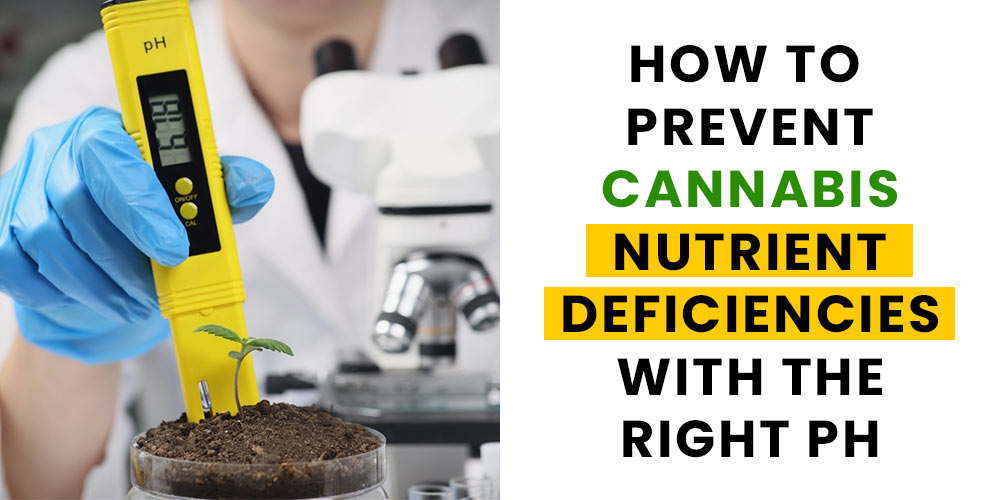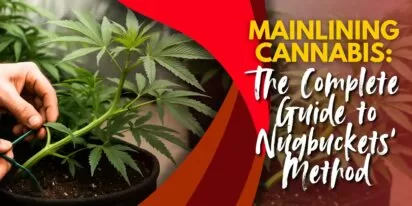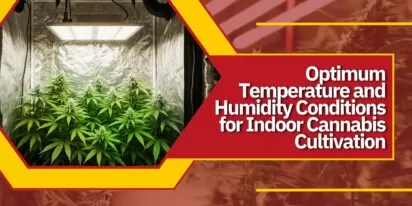pH is a metric used to determine the acidity or alkalinity of a substance, with a scale ranging from 1 to 14. A neutral pH is 7, which is typical of pure water. The pH level is determined by the concentration of hydrogen present in the sample. To measure the pH of a water sample, a cannabis grower can use pH tester drops or a digital pH pen, like the one displayed on the right.
For cannabis growers, why is pH essential? Cannabis plants naturally prefer a slightly acidic environment for their roots. In the wild, cannabis thrives in soil with a slightly acidic pH. Maintaining the proper pH level at the roots is crucial for plants to access the necessary nutrients. If the pH is too high or too low, the plant will not absorb nutrients correctly, resulting in cannabis nutrient deficiencies.
Some cannabis growers may have a stroke of luck and grow successful cannabis plants without worrying about pH. This could be due to having the ideal soil and water conditions, resulting in a perfect pH environment for the plant roots. If your plant is flourishing without any indications of nutrient deficiencies, then managing the pH may not be a concern.
Unfortunately, not all growers are fortunate, and their growing environment naturally has a pH level that is either too high or too low for optimal cannabis growth. Although there are alternatives to testing pH in your cannabis grow, almost all growers would benefit from monitoring pH levels.
Why Is pH so Important as a Grower?
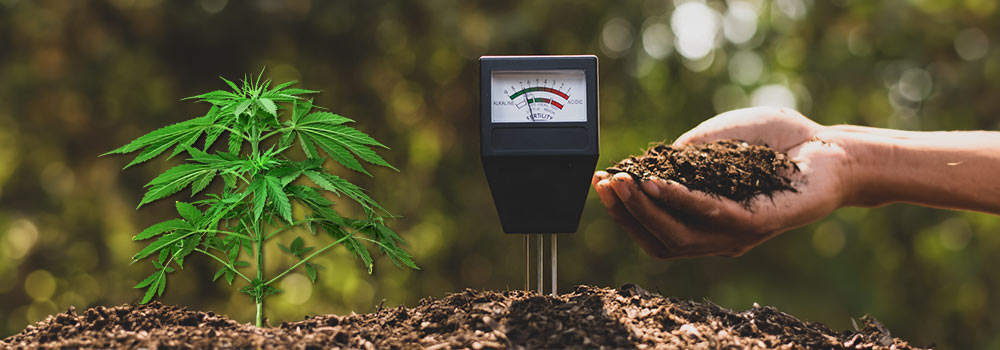
Maintaining the proper pH levels for cannabis roots can have several benefits. Firstly, it reduces the likelihood of leaf problems or nutrient deficiencies, enabling the plants to grow faster and produce bigger yields. Secondly, growers can detect potential issues before they become problematic by regularly monitoring pH levels. This can be helpful, for example, by correcting high or low pH levels before the leaves show signs of nutrient deficiencies.
The key point is that maintaining the right pH levels at the cannabis roots facilitates nutrient absorption. The chemical form of nutrients varies depending on the pH levels surrounding them. Roots more readily absorb some forms than others. If the pH level is too high or too low, the plant may exhibit signs of nutrient deficiencies even when the nutrients are present at the roots.
pH is particularly crucial for cannabis growers who use liquid nutrients. These nutrients are formulated to be highly accessible to plant roots but only within a specific pH range. Thus, by maintaining optimal pH levels, growers can ensure the plants receive all the necessary nutrients.
What Is The Best pH for Growing?
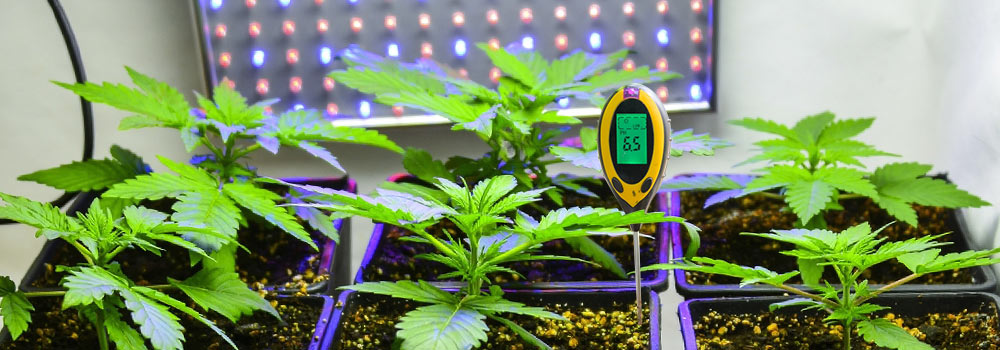
For soil-based cannabis grows, a slightly acidic environment is optimal. The ideal pH range for the root zone is between 6.0 and 7.0, with the majority of the time spent at a pH between 6.2 and 6.9. It is advisable to allow for a range of pH values instead of constantly adjusting to the same precise pH number.
In a soil-based cannabis growing setup that does not use liquid nutrients, pH levels are less critical. However, when utilizing liquid nutrients in the soil, maintaining optimal pH levels is essential to prevent issues and achieve the best harvest.
For hydroponic and soilless growing mediums like coco coir, the optimal root zone pH range is between 5.5 and 6.5. This range is slightly more acidic than the optimal pH range for soil-based grows.
It is recommended to allow for a range of pH values rather than always adjusting to a precise pH number.
In hydroponic setups, allowing for a small range of pH values is crucial, as some nutrients can only be absorbed in specific pH levels. As liquid or powder nutrients are almost always used in hydroponics, monitoring and adjusting the pH as necessary is highly recommended to avoid potential issues. The pH levels can fluctuate naturally over time, and adjustments are only required when they fall outside the optimal range of 5.5-6.5 pH.
What Is The Best pH For Soilless?
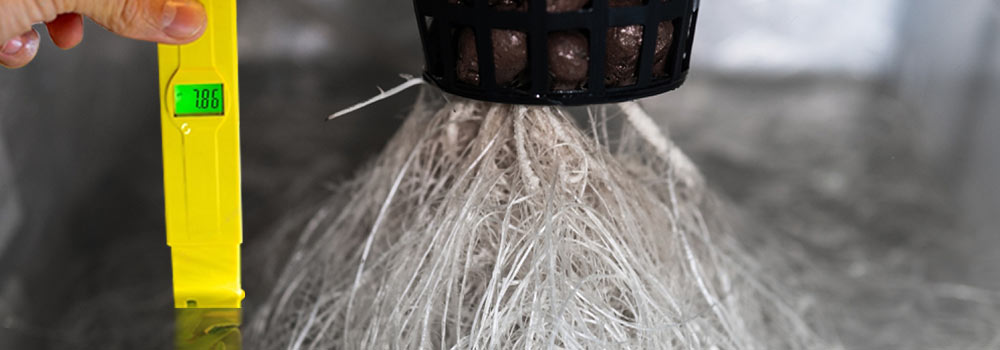
Soilless growing mediums are inert and do not provide any nutrients to the plant. They support the roots while the nutrients are provided through water, creating a hydroponic setup. However, some soilless mediums with the organic matter may require a slightly higher pH to thrive. For example, if worm castings are heavily amended into the growing medium, a pH range between soil and hydroponic ranges is recommended.
Maintaining consistent pH levels in the plant root zone is important, preventing the pH from fluctuating too high or too low. Although an exact pH level is not required, staying within the recommended pH range is crucial to prevent nutrient problems. Allowing for a pH range is beneficial because certain nutrients are better absorbed at slightly higher or lower pH levels. You can prevent nutrient issues by addressing pH problems as soon as they are noticed. If your plant is healthy and thriving, it may be unnecessary to make pH adjustments, but it is always best to be proactive.
Testing pH Levels in Cannabis Plants
Materials Needed for Testing pH
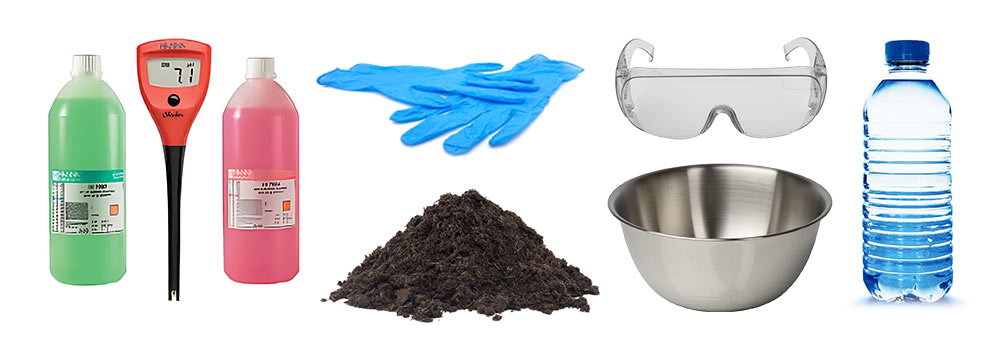
pH meter or pH testing kit
pH calibration solutions (pH 4.01 and pH 7.01)
Distilled water
Soil sample or nutrient solution sample
Disposable gloves (optional)
Stirring spoon or stick
Clean container or cup
Protective eyewear (optional)
Note that the specific materials needed may vary depending on the testing method used. For example, pH strips may be used instead of a pH meter or pH testing kit, and different types of calibration solutions may be required for different types of pH meters.
Step-by-Step Guide on How to Test pH Levels
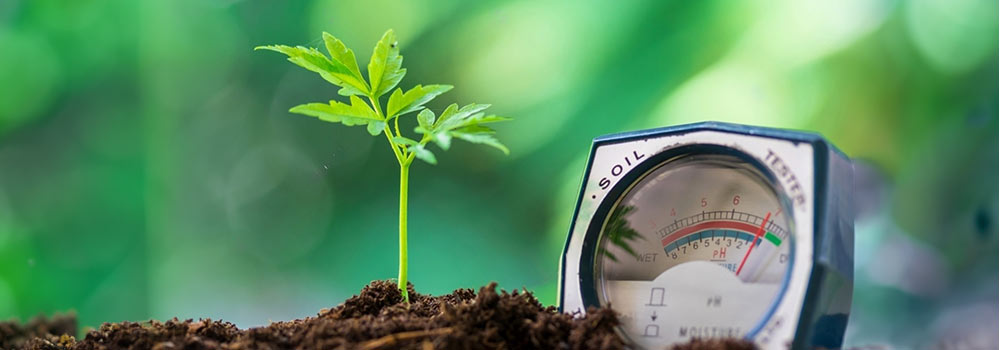
If using a pH meter, calibrate it by soaking the electrode in the pH 7.01 calibration solution first and then in the pH 4.01 calibration solution. Rinse the electrode with distilled water and dry it with a clean cloth or tissue.
If using a pH testing kit, follow the manufacturer’s instructions to prepare the testing solutions and strips.
Put on disposable gloves (optional) to prevent contamination of the sample.
Take a soil or nutrient solution sample from the plant’s root zone, making sure to avoid any debris or plant material. If using a soil sample, mix it with distilled water in a clean container or cup. Use a stirring spoon or stick to mix the solution thoroughly.
Dip the pH meter electrode or pH strip into the sample solution. If using a pH meter, wait for the reading to stabilize before recording the pH level. If using pH strips, compare the strip’s color to the color chart provided by the manufacturer to determine the pH level.
If necessary, adjust the pH level of the soil or nutrient solution using pH adjustment products, such as pH up or pH down solutions. Follow the manufacturer’s instructions carefully when using these products.
Repeat the process to ensure the pH levels remain within the recommended range.
Clean and rinse the pH meter electrode or pH testing strips with distilled water after each use, and store them properly according to the manufacturer’s instructions.
Keep a record of the pH levels for each sample to track changes over time and adjust nutrient solutions or soil pH levels as needed.





